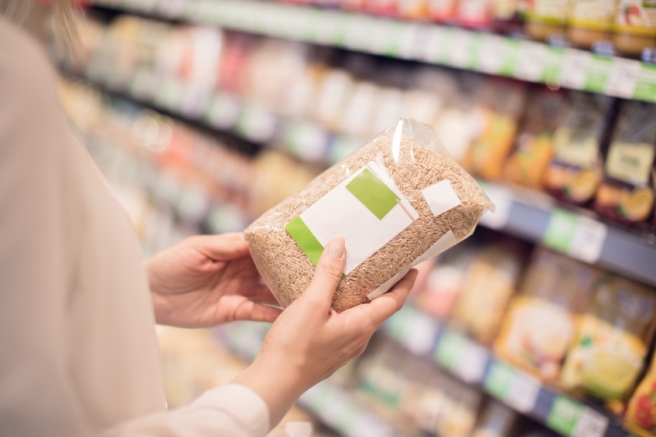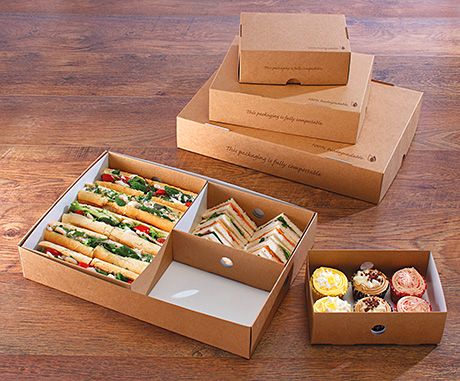The culture of presentation is massive in the current era we live in. Despite food solely, being a source of consumption, it still needs to be served in an attractive fashion. This phenomenon is observed in various areas of the food industry, whether restaurants or supermarkets. Foods come in packaging styles that sustain their value, provide both protection and elegance. An excellent packaging design contributes largely to the marketability of the product.
An ideal packaging also associates an image with the product that becomes our way of relating to the product, for example, some packaging designs might include a picture of a farm with cows on some dairy items found in the supermarket. The primary purpose of packaging may be safety and protection, but the secondary purpose of packaging is to market the product to attract the intended audience. This entails building a strong brand identity, which also includes conveying production information clearly and concisely.
Brand Identity
The first thing to do is to know your brand identity. How does your packaging reflect the product’s function and information? You should be mindful of the fact that your packaging is the first form of interaction with the customer, therefore when you develop the package design, you must demonstrate a clear understanding of the product. Knowing who your primary target customer is one of the main factors. These factors will ultimately determine the other aspects of packaging designs such as, sizes, shapes, colors and materials. If you’re launching new products, your company’s name and logo should be clearly communicated through the packaging design.

Function of Food Packaging
The functional aspect of food packaging caters to traceability, convenience and minimizes impact from the environment. It prevents food deterioration, extends shelf-life, retains freshness, and maintains quality. The Food and Drug Administration issues Food Labeling Guides that dictate how you can create designs, including the nutritional fact panel, according to the approved health claims.
It is also important to ensure that the product packaging endures delivery from the distributor to the retailer, so that the product arrives in the same condition it was dispatched in. Otherwise, retailers will deduct the cost of these damaged items.

Ultimately, the food packaging must convey important information such as features, benefits and ingredients concisely because you only get one glimpse to attract customers.
Design Key Questions for Better Packaging
When it comes to packaging material, consider the following questions to guide yourself precisely with regards to the process package development:
– Which materials help retain freshness and protects the product?
– Does the packaging material entail the rigidity/flexibility required?
– Is the shape, size and dimensions convenient for shipment?
– Can the packaging undergo secondary packing without getting damaged?
– What will be the cost of secondary packaging in order to get it shipped to the retailer?
– Will the packaging material hold long enough to cover shelf life?
– Can the shelf life be extended through packaging?
– Will the packaging properly feature fact panel and brand information?

Packaging Materials Costs
When it comes to processing food packages, companies must strike a balance between food protection, appeal, convenience and resource utility, all while, withstanding the fact that packaging supplies are one of the most important elements that determine a successful product launch. Therefore, you should consider the cost of these key aspects in food packaging:
Materials: packing materials traditionally include aluminum, plastic, glass, cardboard and paperboard. Luckily, due to the advancement in eco-friendly materials, such materials are also available to us.
Design: When it comes to package building, 80% of the costs occur in the development process, which are embedded once the specifications are set, leaving 20% of the costs to occur in the manufacturing stage. This means, you can manage saving some money during the manufacturing stage. The process of package manufacturing entails printing, labor and production – this is where you can make tradeoffs. But make sure you understand this can affect the resulting look of your package.

A package comprehensively introduces the customer to your product, it is the face of the product, therefore, distinctive packaging with innovative ideas can increase sales in a fierce competitive environment. The package is a tool that is designed to enhance product image and beat competition. A package designer understands this and knows his niche. He can provide you with means to obtain the maximum benefits through packing. Hiring a right package designer can also help you utilize available resources. A lot of time and energy goes into this process, and a company that is dedicated to this specific function can perform a much better job.